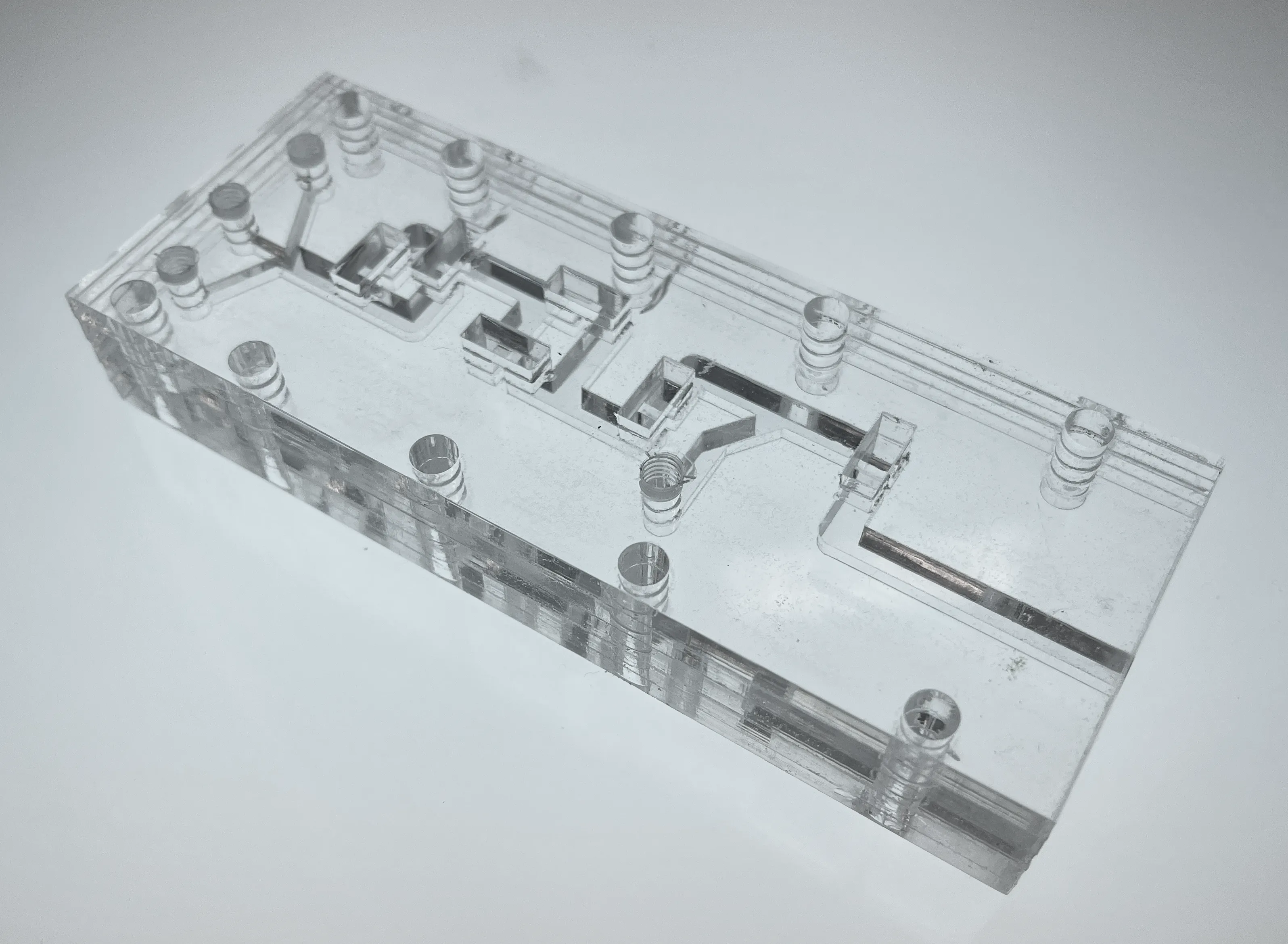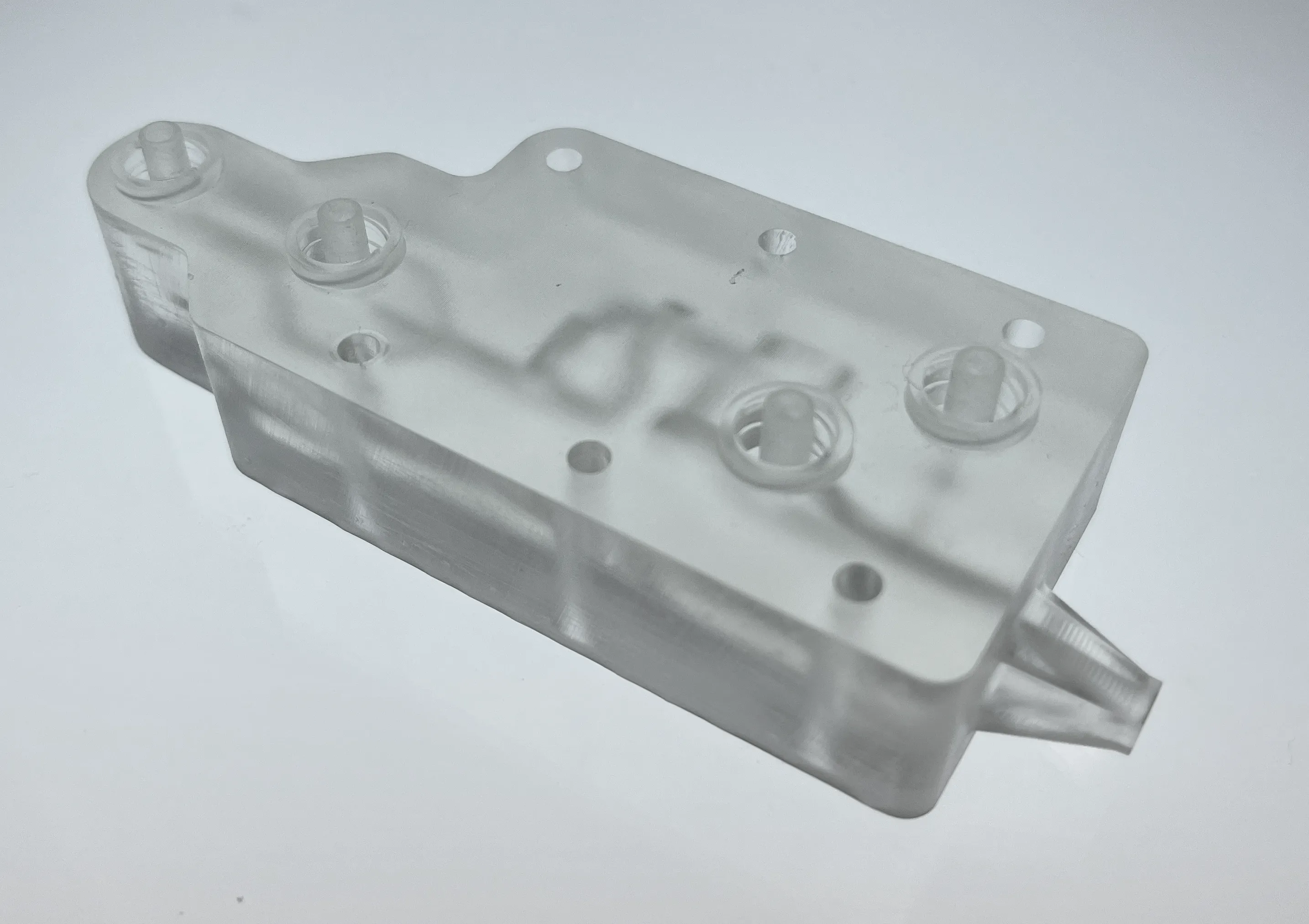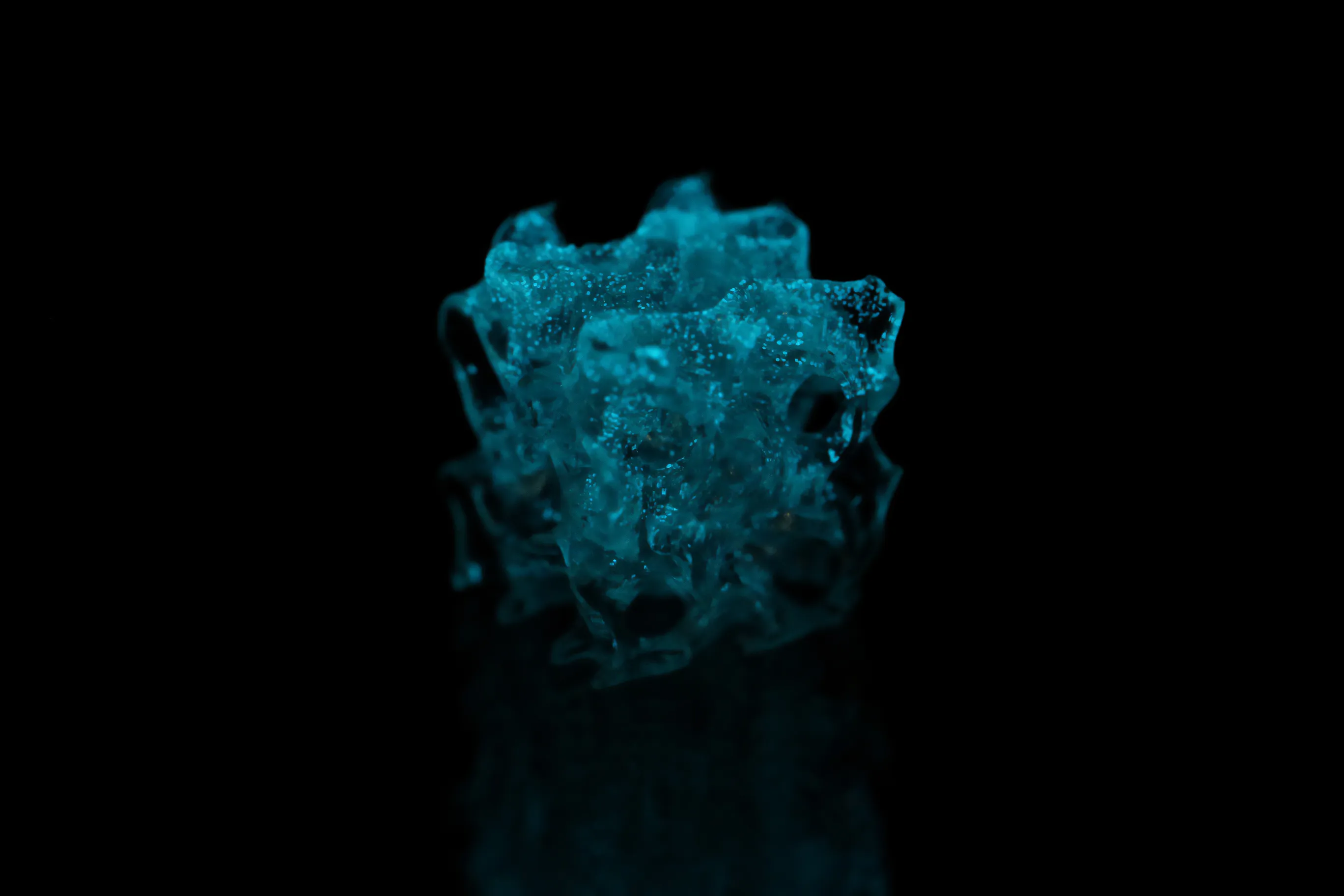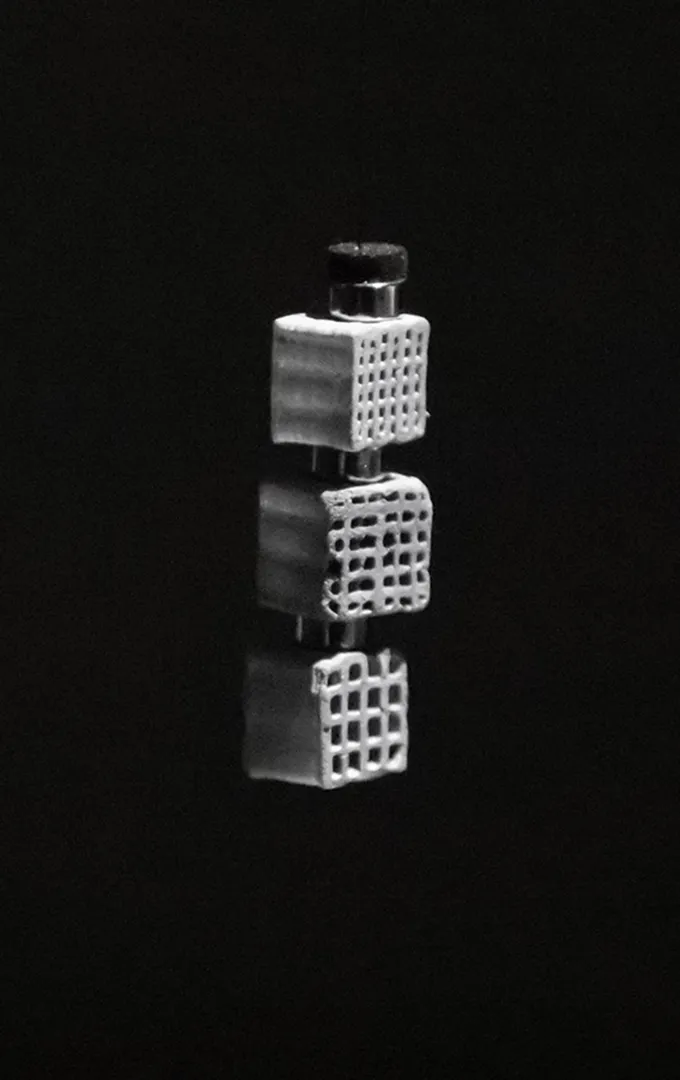Structured Filament
A soft thread-like material with a precisely architectured internal structure.
Can you imagine creating any pattern instead of only colored stripes on your toothpaste? Scientists have developed a set of tools to make this possible! Structured Filaments use a new extrusion technique to create soft hydrogel-based filaments with precisely arranged components.
Researchers
Institutions
Tags
Properties
What’s unique about it?
Thread-like filament
As an extruded material, the Structured Filament exists in a thread-like form.
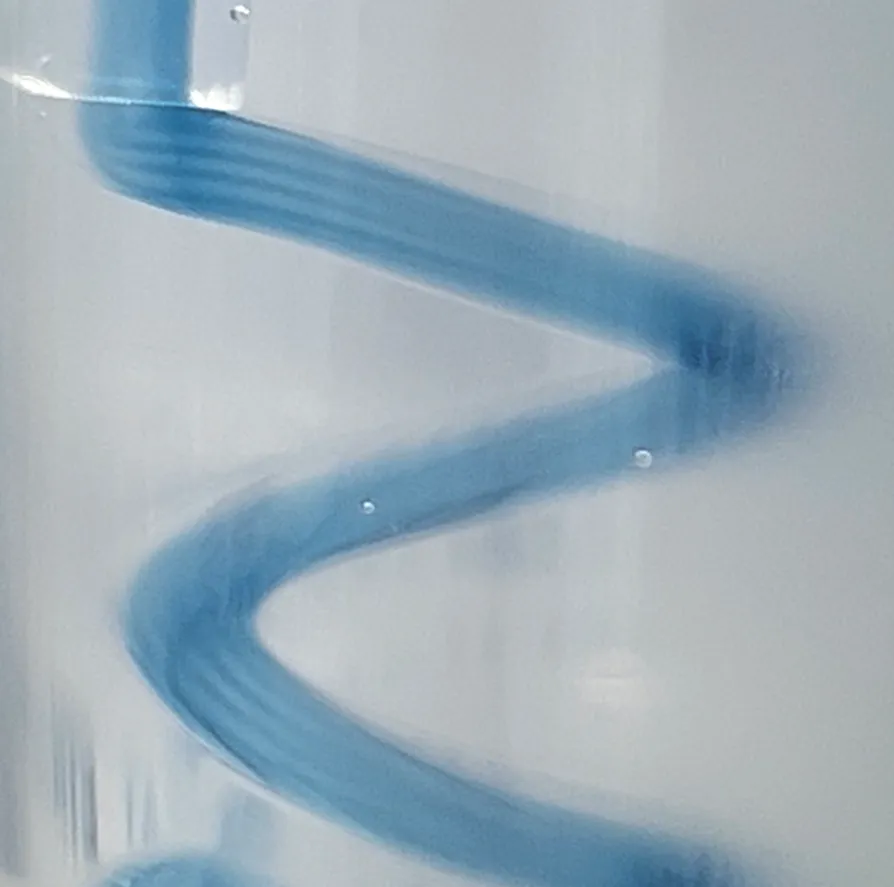
Fine lines on the filament reveal the different components it is made of.
Internally structured
The filament is made of different components, arranged in a precise internal structure. The material preserves its structure even when bent.
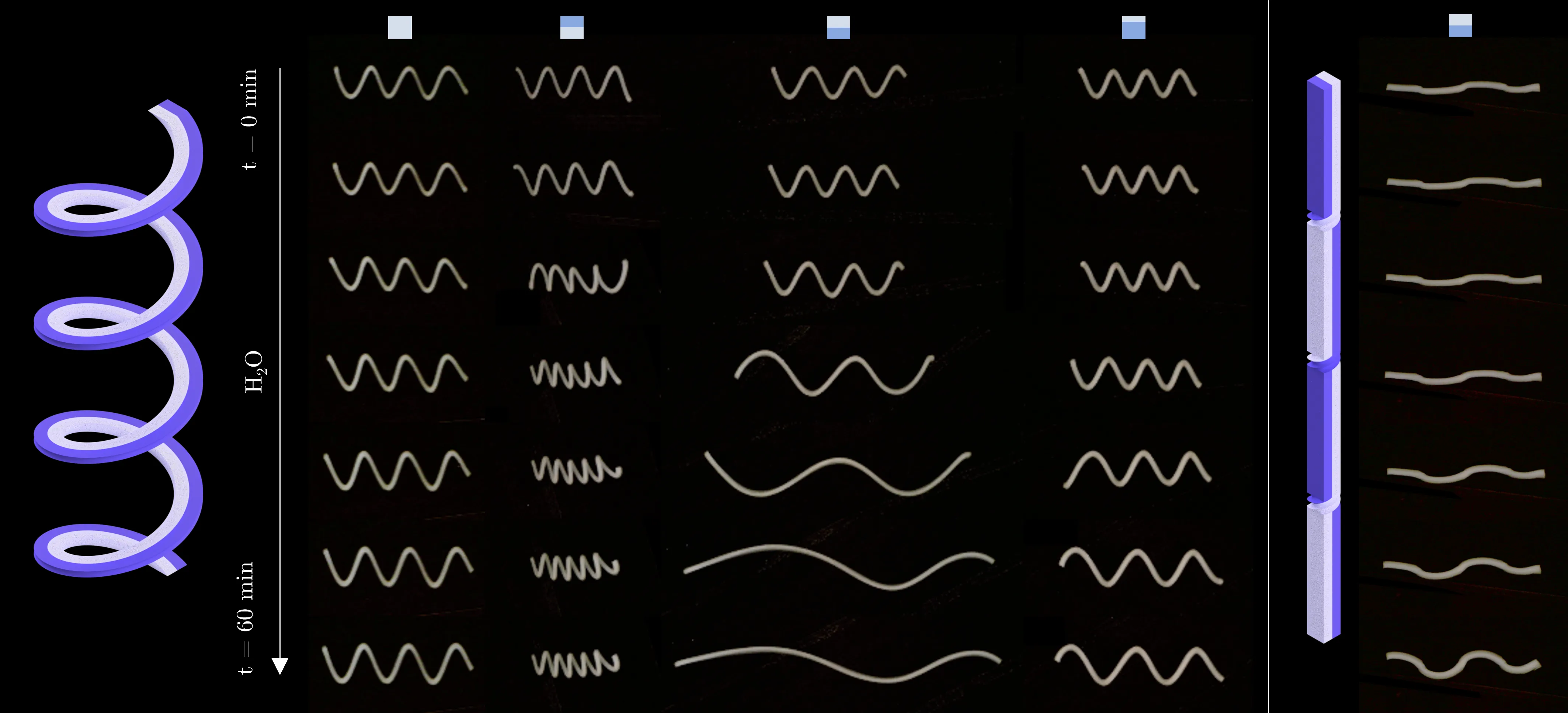
The Structured Filament is soft and can change its shape while keeping its internal structure.
Responds to external stimuli
The Structured Filament is quite the shape-changer! If needed, it can be structured to change its form by swelling when it is put in a solvent, like salty or pure water. The different components of the material swell differently when touching the liquid. Its internal structure can be designed to make it swell in a specific way, making it possible to create twists and turns in any shape you like.
Adjustable
The internal architecture of the Structured Filament can be adjusted to control how the material benefits from the properties of its components. This opens up an entirely new way to design hydrogel composites. Now, you can mix and match!
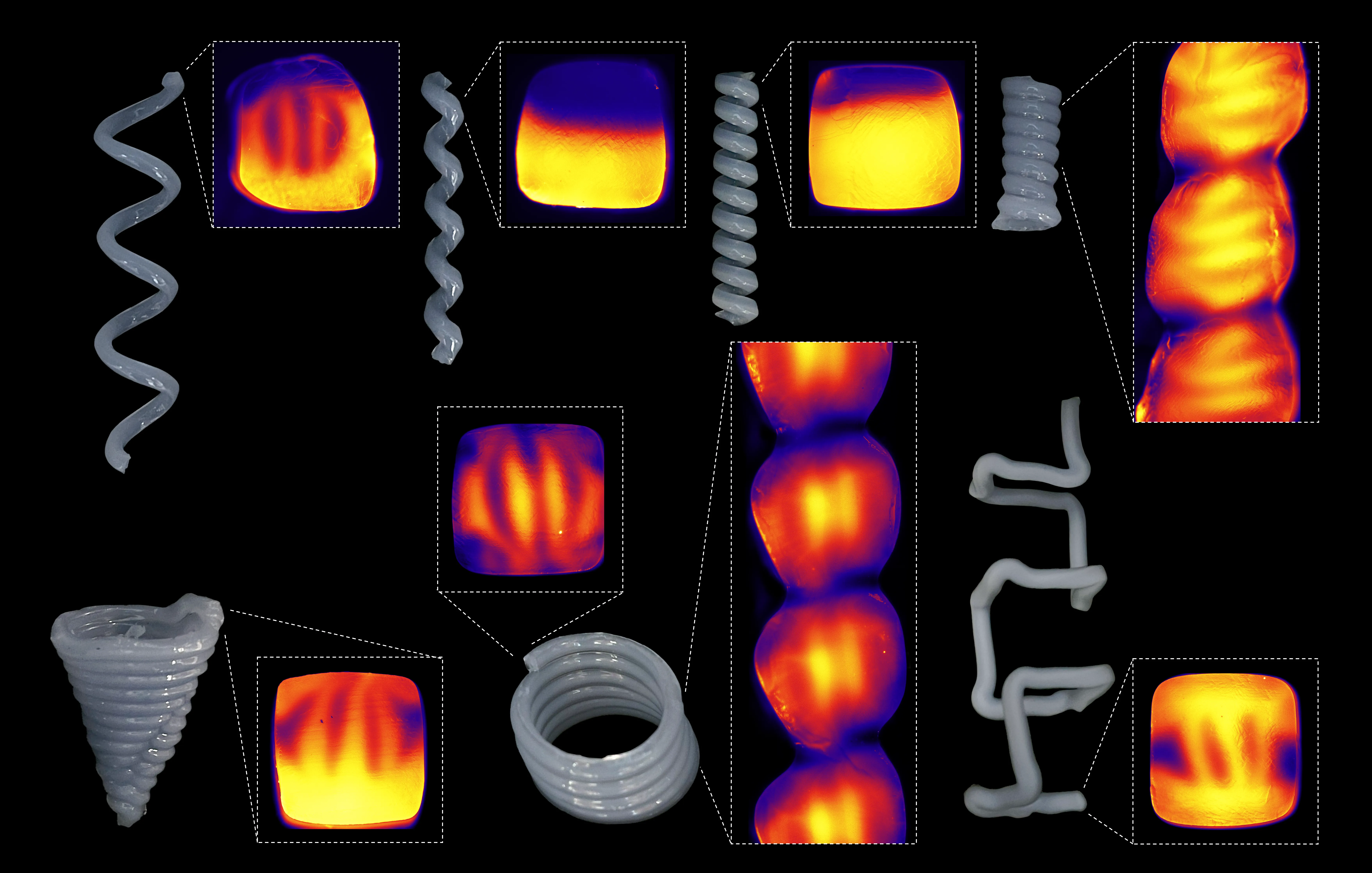
The internal architecture of a Structured Filament can be designed to create a specific behavior.
Applications
What can it be used for?
Since Structured Filaments can have different functions depending on their internal structure, they can serve various purposes.
Structured Filaments could be used in medical scaffold applications to guide controlled cell growth. They might be particularly useful for precise development in tissue engineering.
By using its ability to respond to external stimuli, a Structured Filament can be used as an environmental sensor, detecting chemicals in water bodies to monitor pollution levels. The material’s shape can give a clue (similar to the light of the Sensing Ink) about the composition of certain chemical elements in water without any need for an external power source.
From our point of view, the innovative thing is the precise and controlled distribution of the different phases in a monolithic structure – a filament that can be printed. In this case, we distribute different hydrogel phases that are then responsible for the differential swelling.
Composition
What’s in it?
The Structured Filaments are made of different polymers, creating a mixed hydrogel. Hydrogels are 3D networks of cross-linked polymers swollen with water. The examples here are all blends of PAA (polyacrylic acid) microgels and PEGDA (polyethylene glycol diacrylate) hydrogels.
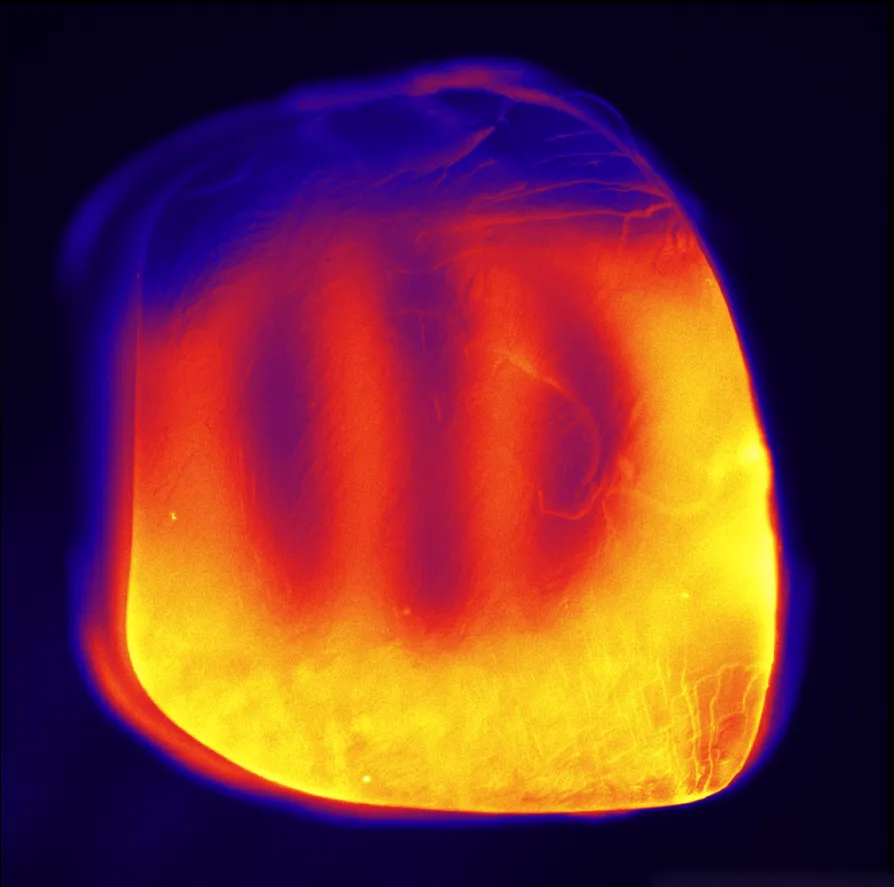
A fluorescent micrograph of the cross-section of the filament.
Fabrication
How to assemble the filament?
Advective assembly
How to structure the flow? This material receives its personality through its internal structure, in a process called advective processing or assembly. Imagine a striped toothpaste, just with much more control over the shape of the stripes.
The structure is created by arranging the different components in a specific geometry using an “assembler” to structure the flow. These devices, called advective assemblers, create the structure by forcing flowing materials to take a prescribed path through a network of closed channels.
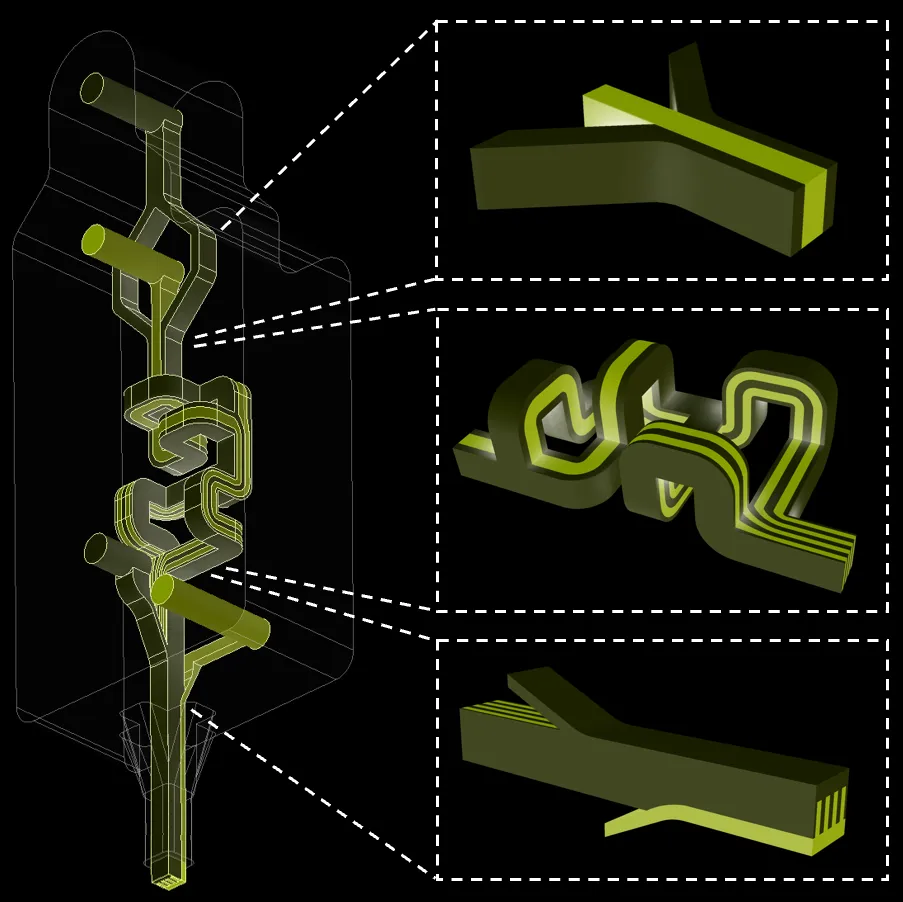
Schema of an advective assembler printhead.
The assembly consists of different stages that transform the inks into a delicately arranged three-dimensional structure.
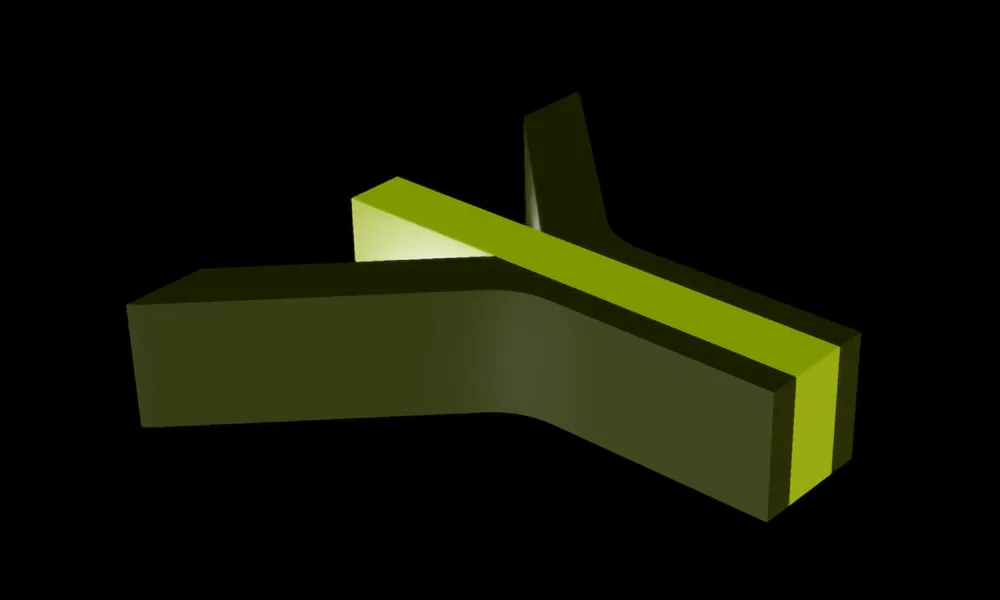
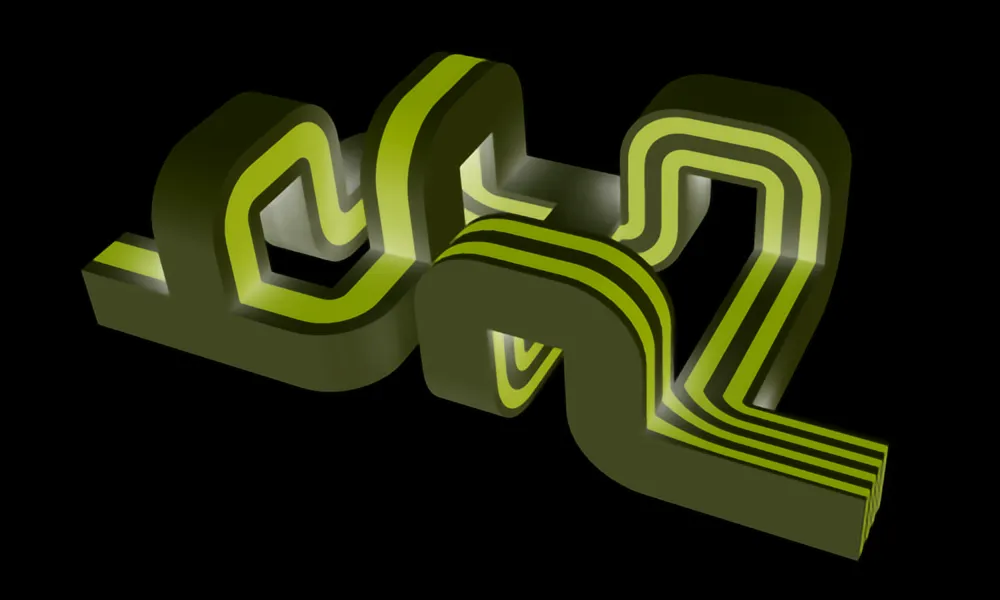
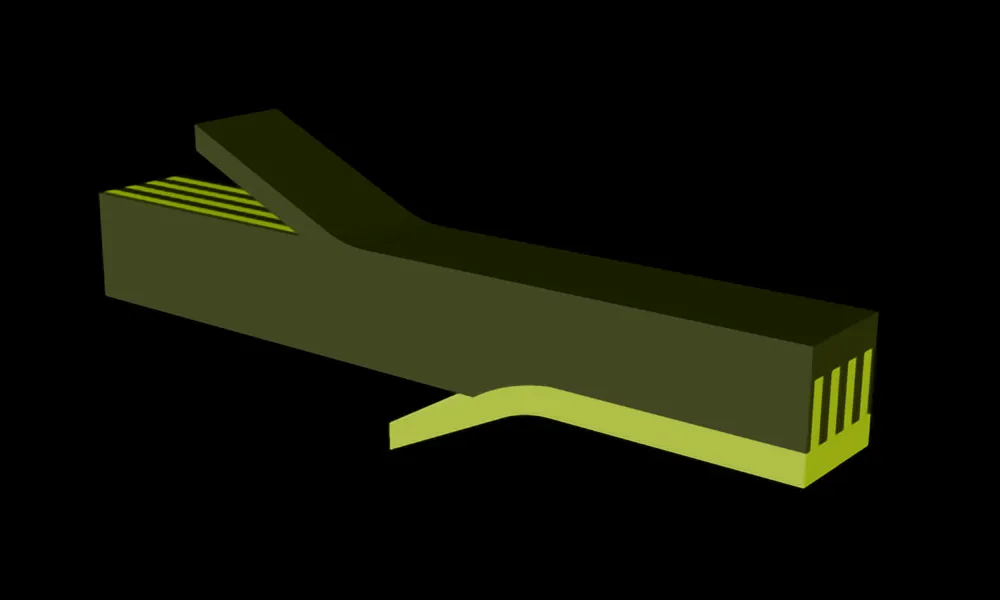
The initial layering combines the different inks in a defined pattern for further processing.
The layers are multiplied and arranged through an intricate network of channels.
In the last step, additional parts are introduced to finalize the structure, like the double-comb geometry shown here.
Printhead design
The advective assembler printhead is the centerpiece of this fabrication technique. It is designed to create the internal structure in the resulting filament through twists and turns in the channels. A single printhead can produce diverse variations of a structure in the extruded material, by tuning processing parameters such as degree of rotation and relative flow rate between the different components.
Printing
Different sources are pressed through intricate channels using the advective assembler to create the structured filament.
The filament is extruded into a so-called “support bath” and it looks like the blue material is floating as it appears.
Extruded filament
After printing, the filament can be removed from the support bath and is ready for use.
The final filament in action.
Feedback
Tazio wonders what you think about this research. Let him know!

Researcher of Structured Filament
Links
Want more details about the Structured Filament?
Read the Research paper: Advective Assembler‐Enhanced Support Bath Rotational Direct Ink Writing
Have questions? Get in touch
